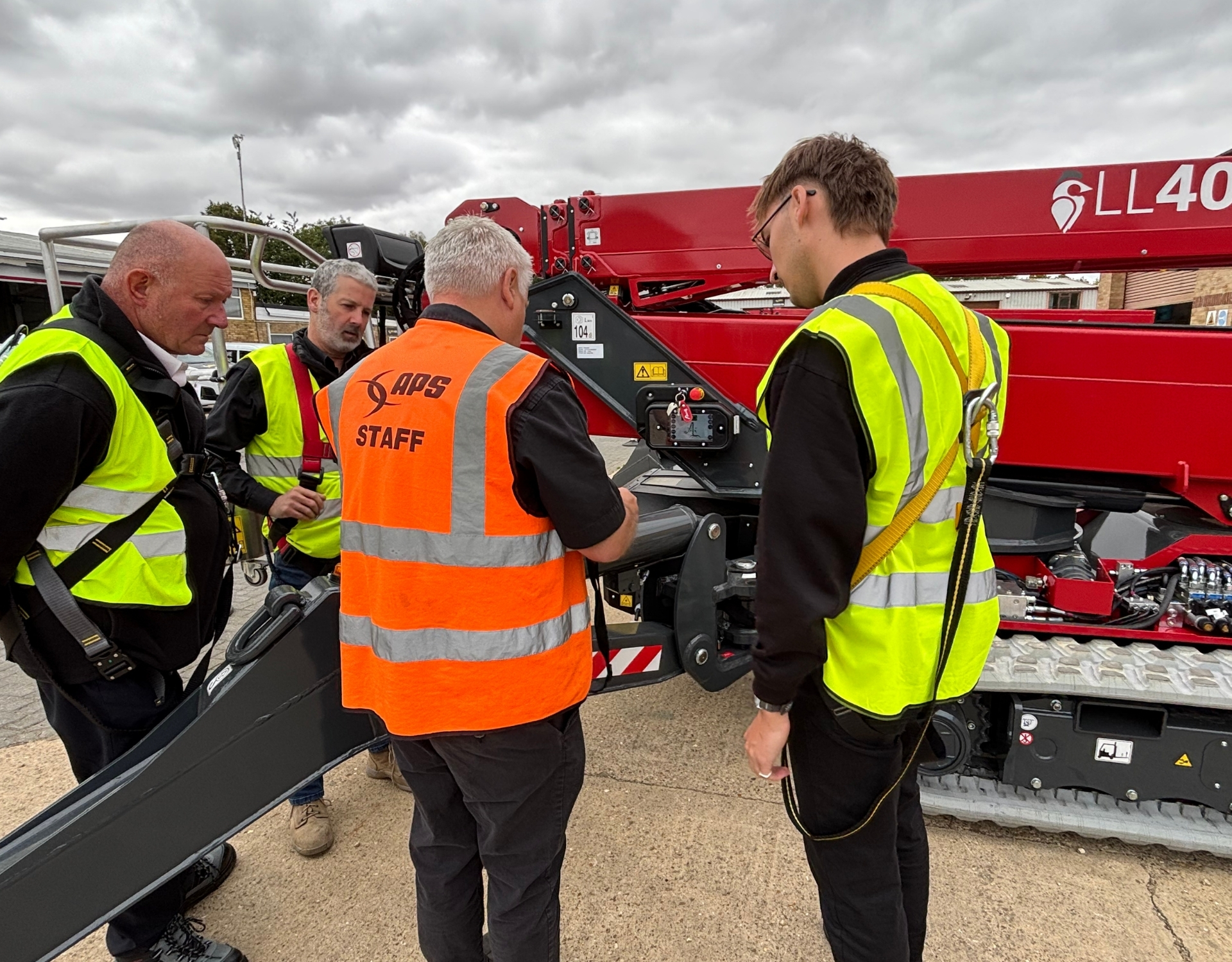
A recent Construction News article (7 Nov 2025) revealed a worrying trend: nearly 50% of UK workers admit to skipping working-at-height safety procedures under time pressure, and only 19% have received formal training. Falls remain the leading cause of workplace fatalities, yet the pressure to meet deadlines often pushes safety down the priority list.
For an industry built on deadlines, these findings hit close to home. The challenge of meeting schedules without compromising safety is one that every contractor, operator, and project manager understands. Yet when it comes to working at height, even a small lapse in judgement can have serious consequences.
Safety and productivity are not opposing goals — they are interdependent. The safest sites are usually the most efficient because well-trained teams, reliable equipment, and proactive planning eliminate the unexpected.
The Real Cost of Unsafe Decisions
Under pressure to deliver, it’s easy for routine checks or best-practice procedures to slip. But cutting corners rarely saves time in the long run.
The Health and Safety Executive (HSE) continues to report that falls from height remain the leading cause of fatal injuries in construction, accounting for nearly a third of all workplace deaths. Beyond the personal tragedy, these incidents bring far-reaching consequences:
- Project delays due to investigations or lost labour
- Damaged equipment and costly repairs
- Disruption to schedules and delivery targets
- Reputational and compliance impacts
Ignoring safe working at height doesn’t just risk lives—it can halt projects entirely. A single incident can lead to investigations, fines, and downtime that far outweigh any perceived time savings.
In most cases, these costs far outweigh the time gained by skipping a step or taking a shortcut.
How to Maintain Productivity Through Safe Working at Height
Remaining productive while prioritising safety requires thoughtful planning and consistent practice. Here are five key principles that help construction teams work efficiently without increasing risk:
Plan Ahead
Effective planning is one of the simplest ways to prevent unsafe decisions. Carry out a thorough risk assessment before any work begins, identifying potential hazards and the safest way to complete each task. Scheduling work carefully also reduces the pressure that leads to rushed decisions and shortcuts — helping teams stay both safe and efficient.
Empower Operators with Training
Training is more than a box-ticking exercise. Skilled, confident operators understand how to use their equipment correctly, identify hazards early, and make informed decisions under pressure.
Well-trained teams are safer, faster, and more confident. Every operative should be familiar with current safe working at height regulations and the correct use of their access platform. Regular toolbox talks and refresher sessions are a great way to keep knowledge sharp and safety front of mind, especially on busy or fast-moving sites.
Monitor Environmental Conditions
External factors such as high winds, unstable ground, or poor lighting can all affect safety when working at height. Monitoring tools — from digital anemometers to simple ground checks — help prevent incidents before they occur.
Embrace Technology
Technology is playing an increasingly important role in safe working at height. Smart PPE and IoT-enabled access platforms can provide real-time alerts for overloads, instability, or unsafe conditions — helping operators respond before incidents occur. Remote diagnostics and monitoring tools also make it easier to identify maintenance needs early, reducing unexpected downtime and keeping projects on schedule.
Build a Culture That Values Safety
Creating an open environment where workers feel empowered to stop and reassess without fear of blame, or wasting time, is one of the most effective ways to prevent accidents. A strong safety culture builds stronger, more productive teams.
Choose the Right Access Platform
Not all access platforms are created equal. Selecting equipment suited to the environment and the job at hand is the first step toward efficiency and safety. A quick site and task assessment can help ensure operators have the right machine for the conditions.
Conduct Regular Inspections
Daily pre-use checks and scheduled maintenance are essential for reliability. Well-maintained access equipment runs smoother, breaks down less often, and reduces unplanned downtime — all while ensuring operators stay protected.
Keep Equipment in Prime Condition
Routine maintenance and inspection are key to avoiding unexpected breakdowns. APS offers service and maintenance plans that keep your access platforms compliant, reliable, and ready for work — minimising downtime and maximising uptime.
The APS Commitment: Safety and Productivity Hand in Hand
At APS, our mission is to help people work safely and productively at height. Through high-quality access platforms, proactive maintenance, and comprehensive training, we support construction and hire businesses in creating safer, more efficient worksites.
Because when safety becomes second nature, productivity follows naturally.
Read the full Construction News article here and contact Access Platform Sales (APS) to learn more about how we can help you maximise uptime through safe working at height.

